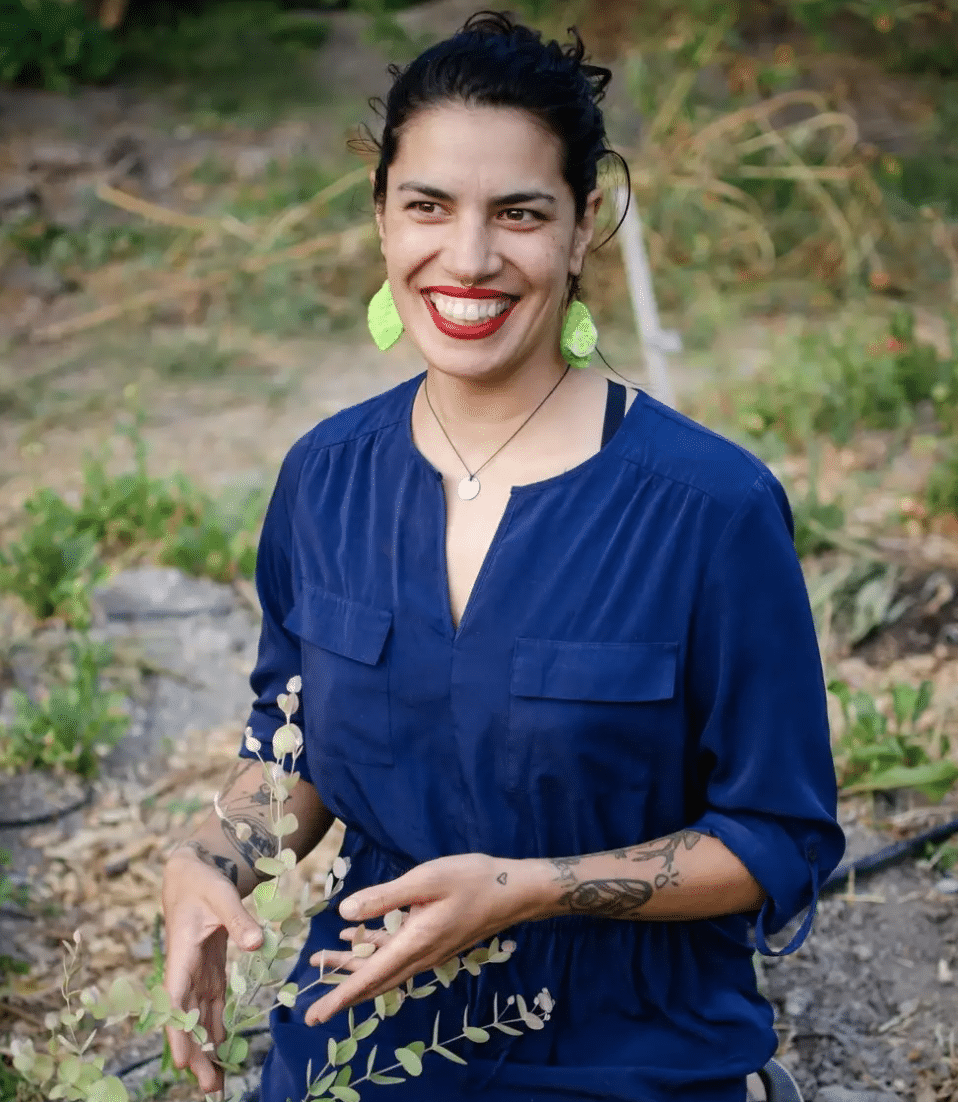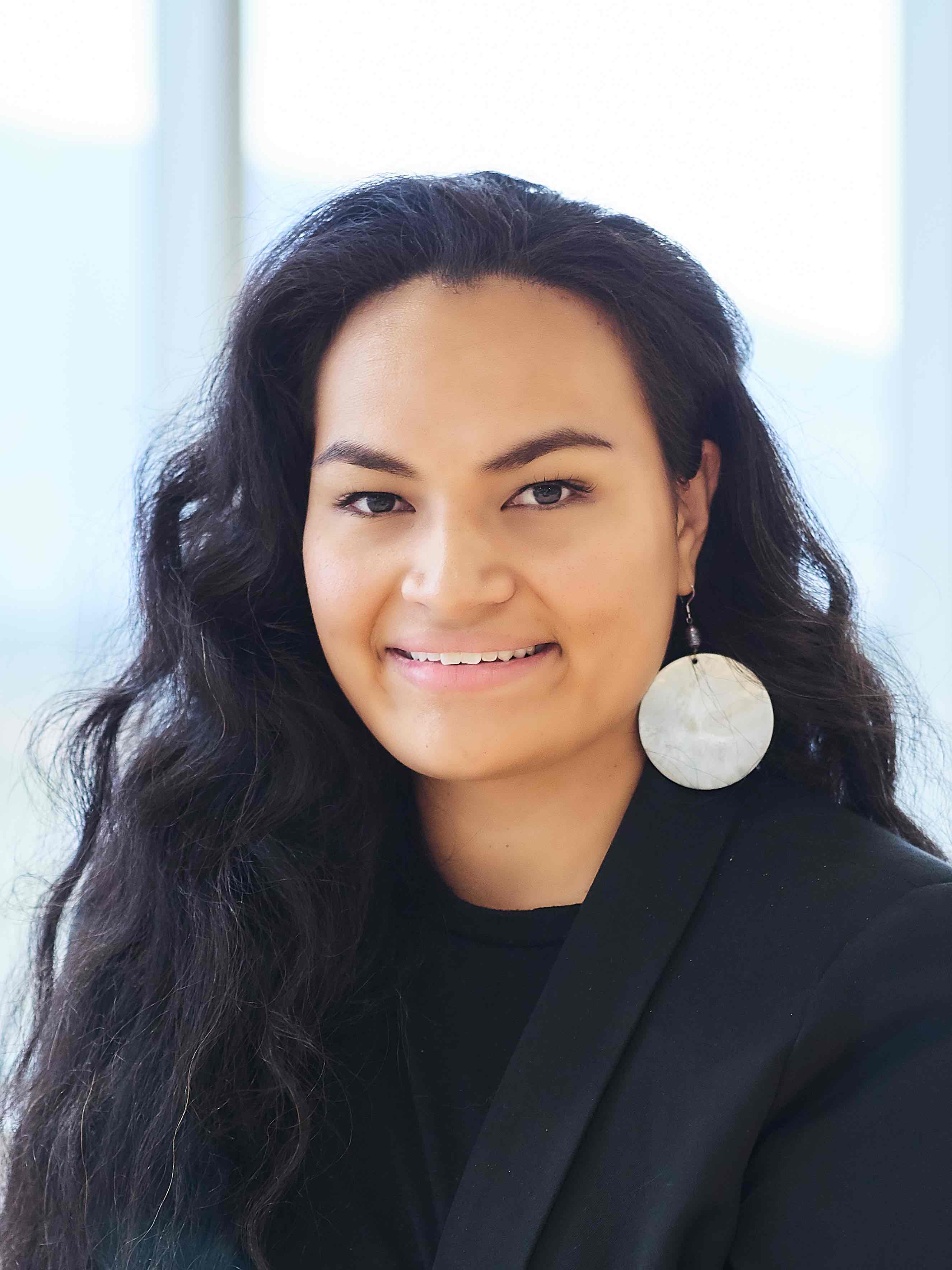The Art of Conversation: Exhibitions on Main to highlight artists working toward a more positive discourse
It’s no secret that the ways art can enrich our lives are many. Looking at—and particularly engaging in—art can evoke intense feelings of joy, longing, sadness, peace, even love. But often the most powerful pieces of art are those that spark a conversation. Both the art and artists chosen as part of this season’s final Exhibitions on Main exhibit—on display from the beginning of April through the end of June—will not only get you to think, but if the artists get their wish, to act as well.

For many Salt Lake City residents, 2020 was marked by a trifecta of challenges that included the pandemic, a 5.7 magnitude earthquake and a hurricane-force windstorm that destroyed hundreds of the city’s oldest trees. It was the latter event that served as artistic inspiration for Charlotte Pili’s series of illustrations on display at Exhibitions on Main’s south kiosk, located on the west side of the street at 340 S. Main. “I wanted to share that the trees in the city are not only a privilege to have in a neighborhood, but also should be acknowledged and be given the proper attention and help so they can last generations, as they should,” Pili says. “They are natural essential beings that give us fresh air to breathe and we shouldn’t ignore them as we do.”
Though Pili’s illustrations convey a distinct effortlessness and buoyancy, her life has been a bit more complicated. Growing up, Pili moved from place to place, landing in disparate locales ranging from Colorado and Florida to Vienna, Austria and eventually Salt Lake City. Her wanderlust was fueled both by a youthful sense of adventure—which played out on freight trains and under bridges—and to evade an abusive family member. “I’d like to shine a light on how veterans of war not only struggle with PTSD (definitely back then),” Pili says, “but also struggle with toxic masculinity preventing them from expressing vulnerability in order to process their tragic experiences.”
A constant in Pili’s life, however, has been art. Her mother kept Pili busy from age three sewing and painting, and along the way, she developed several other skills and art forms, including her current favorite medium, crochet. Pili is also Zine Editor for the Mobile Moon Co-op, a Salt Lake City-based female and queer collective that, according to its website, “strives to aid communities and ecosystems through education, empowerment and botanical stewardship.”
Pili’s art life began to take, as she describes as “a turn for the weird” during a stint spent in New Orleans. There she met a graffiti artist who, through patience and experience, nurtured Pili’s talent for mural painting. “We used to go to a warehouse that sold 25-cent cans of old used spray paint and house paint,” Pili says. “My color palette really developed using those ‘oops paints’ and whatever other colors I could buy at a discount.” This happenstance apprenticeship paid off when, in 2019, the Salt Lake Arts Council selected Pili’s Shredding the Knar for installation at the 9 Line Bike Park (700 W. 900 South).
Expressing her appreciation for the trees, however, is just one of the reasons Pili makes art. “I also want to inspire and teach kids things that I wish I knew when I was little,” she says. “I really want to illustrate children’s books. And also teach self-sustainability. If this pandemic has taught me anything is that the system doesn’t work for people like me. So I want to create my own clothes and illustrate things that teach me how to grow my own garden or create my own earthly items. The goal is land, wool, clay, gardens, a strong loving community… and cake.”

By piecing together vibrant object and landscape images, as well as copyright-free portraits from the Te Papa Museum of New Zealand, Moana Palelei HoChing’s digital collages, on display within Exhibitions on Main north kiosk (located at 236 S. Main Street), make an unmistakable statement about mainstream interpretations of Utah’s Pacific Islander diaspora. “I love working in digital collage,” HoChing says. “It allows me to layer multiple images within a single frame to really communicate with the viewer.”
Within her provocative pieces, HoChing layers colorized images of mountains, cityscapes, palm fronds, tropical flowers, butterflies and food against photos of a Pacific Islander girl circa the late-1800s. The girl is sometimes topless, sometimes holding what looks like a coconut cup, and but is often paired with lines of text like “feminism,” “rise and grind” and “this girl.”
“We know now that when the portraits I use in this series were taken, Oceanic peoples did not go topless,” HoChing says, “and so having her photo taken that way was likely a request that came from the photographer to capture am image thought to be more ‘native.’ I thought by using them would be an apt way to explore the roles women play and reframe the idea of beauty.”
Creating her own work, however, is just one of the ways HoChing is using art to break down misconceptions about her community. Originally from Nu’uuli, American, Samoa, HoChing grew up in Sandy, Utah before moving to Boston, Mass. to study social sciences at Harvard University. Upon graduation, she received the Native American Alumni of Harvard University (NAAHU) Student Leadership Award for her impact as a student leader and advocate on campus. HoChing was also awarded Utah Governor Herbert’s Multicultural Youth Leadership Day Educator Award in 2014 for her support work on behalf of first-generation, Pacific Islander college students.
In 2018, while still living in Boston, HoChing launched the Pasifika First Fridays festival, a Salt Lake City-based art cooperative dedicated to celebrating Pacific Islander artists and art every first Friday of the month. “I wanted to give Pacific Islander artists the chance to perform, sell, or showcase their art, and connect with other members of their community,” she says.
And then in March 2021, HoChing made a big step toward realizing her ultimate dream—creating a permanent, physical space where an ongoing conversation about the decolonization of cultural institutions around Pacific Islander culture could reside here in Utah (which is home to the world’s largest population of Pacific Islanders outside of Oceania)—with the opening of LOST EDEN Gallery, Space & Studio at The Gateway.
LOST EDEN opened its inaugural exhibit, Culture, Containers & Consumption, a collection of beautiful paintings and ceramics by Tali Alisa Hofoka, on March 20. “Tali had never shown her work in a gallery, or really anywhere in public, before. Part of my intent is to get other talented Pacific Island artists, like Tali, to realize the extent of their ability,” HoChing says. (The LOST EDEN gallery is open by appointment Thursday through Sunday, 11 a.m. to 6 p.m.)
HoChing is also using LOST EDEN to continue the work she began while getting her undergrad: it has also been named the official home for the Harvard Oceanic Collections Engagement Fellowship (HOCEF), where, through a partnership between The Peabody Museum of Archaeology and Ethnology at Harvard University, the Harvard Alumni for Oceania, the Utah Museum of Fine Arts and the University of Utah’s School for Transformation, two awardees from Salt Lake County will receive funding, staff support and resources to remotely engage with the Peabody Museum collections and a virtual platform to share their reflections on the collections with the public.
“My ultimate goal,” HoChing says, “is for my community to think about how they see themselves and how we take back the narrative.”
Written by Melissa Fields
